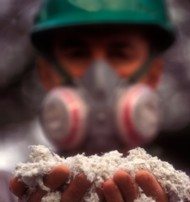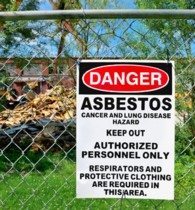Mesothelioma Risk Among Navy Veterans is Focus of New Report
A new study offers a sobering reminder of the mesothelioma risk among Navy veterans. Researchers at Vanderbilt University compared mesothelioma deaths among 114,000 veterans. These veterans were involved in nuclear testing during the Cold War. They referred to these service members as “atomic veterans”. Between 1945 and 1962, the US conducted 230 above-ground nuclear tests. Some of the tests took place in the Nevada desert while others were in the Pacific ocean. In a new study in the International Journal of Radiation Biology, researchers found a high mesothelioma risk among Navy veterans. They determined that it was much higher than it was in the other atomic veterans studied. Assessing Mesothelioma Risk in Atomic Veterans More than 250,000 military personnel took part…









